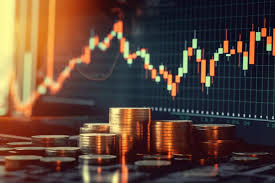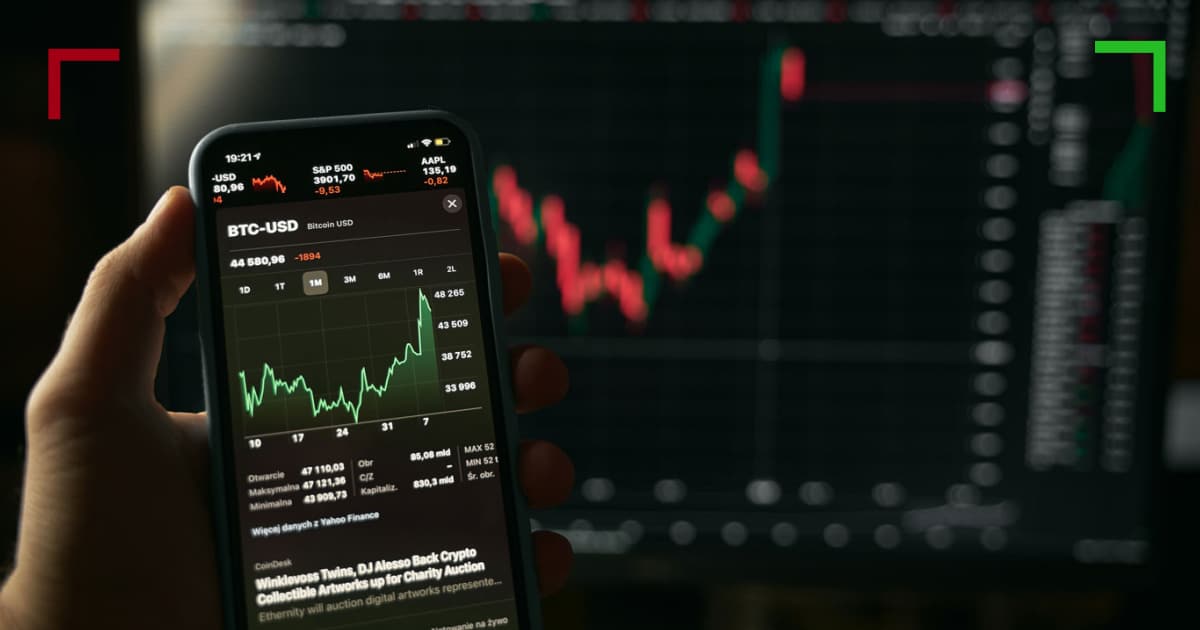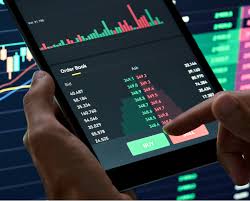
Understanding the Crypto Trading Volume Signal
The world of cryptocurrency trading has become increasingly sophisticated, with various indicators helping traders make informed decisions. One crucial indicator that warrants attention is the Crypto Trading Volume Signal. In this article, we will explore what trading volume signifies, how it can be interpreted, and why it is essential for traders. If you’re looking to strategize and enhance your trading efficiency, Crypto Trading Volume Signal click here to dive deeper into potential trading tools and resources.
What is Trading Volume in the Cryptocurrency Market?
Trading volume refers to the amount of a particular cryptocurrency that changes hands over a specific period, usually measured in a 24-hour timeframe. Essentially, it captures the level of activity or liquidity within the market. Higher trading volumes often indicate greater interest among traders, which can lead to price movements or stabilize existing pricing trends. In contrast, lower trading volumes may suggest diminished interest, often leading to price stagnation or volatility.

Why is Crypto Trading Volume Important?
Understanding the volume behind cryptocurrency trades can unveil critical insights. Here are a few reasons why monitoring trading volume is essential for traders:
- Market Sentiment: Trading volume can signify general market trends. For instance, an increase in trading volume during a price rise suggests growing interest and potential bullish sentiment, while high volume during a price decline may indicate panic selling or bearish sentiment.
- Confirmation of Trends: Volume can serve as a confirmation indicator for trends. If prices are rising alongside increasing volume, it is generally seen as a confirmation of the uptrend. Conversely, if prices rise with low volume, it may suggest that the price movement lacks strong support.
- Breakout Indicators: An increase in volume can signal a breakout from key resistance or support levels. Traders often look for volume spikes during such periods to validate their trades.
How to Analyze Trading Volume?
Analyzing trading volume can be done through several techniques:
- Volume Charts: Most trading platforms provide volume charts that display trading volume alongside price charts. This visual representation helps determine when significant volume changes occur in relation to price movements.
- Volume Indicators: Many traders employ volume indicators such as On-Balance Volume (OBV) or the Accumulation/Distribution Line to analyze volume more quantitatively. These indicators help gauge the relationship between price movement and volume over time.
- Volume Patterns: Experienced traders often look for patterns in trading volumes, such as accumulation (where volume steadily increases) or distribution (where volume peaks before a downturn) to determine market conditions.

Common Trading Volume Signals
There are several volume-related signals that traders often look out for:
- Spike in Volume: Sudden increases in volume may indicate a shift in market sentiment. An unexpected price movement coupled with high trading volume can suggest a significant change in market conditions.
- Low Volume Pullbacks: During a price pullback in an uptrend, a low volume can be a bullish sign, as it may show that sellers are losing momentum.
- Volume Divergence: This occurs when the price makes new highs or lows, but volume fails to confirm this movement, often acting as a reversal signal.
Volume and Market Manipulation
Despite its value, trading volume can sometimes be manipulated, especially in the relatively unregulated cryptocurrency market. Practices such as wash trading — where traders sell and buy the same asset to create the illusion of higher volume — can mislead uninformed traders. Recognizing the signs of potential manipulation is crucial for making informed decisions.
Conclusion
In the fast-paced world of cryptocurrency trading, understanding and interpreting the Crypto Trading Volume Signal is vital for any trader. It provides insights into market dynamics, possibly guiding trading decisions. By combining volume analysis with other trading signals and strategies, traders can enhance their ability to forecast market movements and manage their investments more effectively.




